I have many videos about how much I’ll be saving in energy costs from going solar. In fact, my next video after this one is about my first full year with solar panels. While solar panels can make a lot of sense financially and environmentally, they only account for the energy generation side of the equation. The other side of the equation is energy use, so I wanted to run through some of the things I’ve done to try and reduce how much energy I use day to day.
Energy Audit
One of the first things that you can do that makes a huge difference is a getting a professional energy audit. You can absolutely do some basic auditing yourself, but professional audits1, which can cost between $300 – $500, can earn back their cost in very short order. They’ll check the level of insulation you have in your attic, outside walls, and in some cases take infrared readings and do a door blower test. The blower test helps the auditor find leaks throughout the home.
I live in Massachusetts which has a state-funded program that every resident can take advantage of every year. Mass Save offers no-cost home energy assessments for Massachusetts residents. You pick from a list of companies that are part of the program, they come out and look at your current energy use. They will even swap out your bulbs for energy efficient LED and CFL bulbs, give you advanced power strips that auto shut off after inactivity, and offer discounts on wifi thermostats.
When we had our home audited they found inadequate insulation in our attic and outside walls, as well as poor ventilation in our attic space. The program ended up covering 75% of the cost of having them inject blown-in insulation into our outside walls and attic, as well as add additional vents to our attic space and provide better sealing around our attic ladder. The difference after the work was done was dramatic. They added an R value of 26 to the attic and 14 to the walls. Our blower test improved from 2305 to 1559. During the first winter after the improvements, we could tell our home was holding heat better in the kitchen, living room … well pretty much everywhere.
Other states and countries have similar programs, so be sure to check your local government websites. For example, Canada has a program called, Canada Energy Audit. It covers up to $5,000 back on energy upgrades. They have examples that show yearly savings from doing these changes that add up to thousands of dollars.2
Energy Monitors
Another area that can help you make a difference is energy monitors. A lot of devices today don’t actually switch off, like your computer, smart speakers, game consoles, and TVs. They go into a sleep state and continue to pull a few watts continually. While they may not make a big difference individually, collectively it can add up quickly. I’d strongly recommend using some energy monitors to track down devices in your home that are using up more energy than you may realize.
A cheap DIY option for an energy monitor is getting something like the Kill A Watt, which you can pick up for $20-$25. The Kill A Watt can show you exactly how much something is using over the course of a day. All you have to do is plug your device into the Kill A Watt, and then the Kill A Watt into the wall. Reset the readings to make sure you’re starting from zero and then let it go. I did this for 24 hour periods on a lot of devices throughout my home, so I could see how much it used on average over the course of a day. I also took readings on things like air filters to see how much they use in low vs. high modes. To see how much energy my PlayStation uses when it’s not in use vs. when I’m playing a game.
The other type of energy monitor you might want to consider is a whole home system. There are a bunch of options out there like Engage, Smappee, Curb. I’m using Sense, which I’ve done a previous video on and will include a link in the description. Some whole home energy monitor systems require adding energy sensors to each circuit breaker that you want to track, which can give you a very granular breakdown on the things you’re trying to track. Sense does get installed into your electrical box, but only requires two sensors that are clipped around the mains of the panel. It then uses machine learning to detect electrical signatures of devices in your home and compares it to a database of devices it’s successfully detected in the Sense community of users to label it for you. It’s pretty clever and works surprisingly well from my experience. It’s not perfect though, and I’ve had my share of duplicate detections. Some devices have never been discovered, like my computers and smart speakers, but it’s properly identified my HVAC system, stove, microwave, TVs, and even integrated with my Philips Hue light bulbs. This holistic view of your home lets you see realtime energy use, and broader buckets of things that are “always on.” Combine this with the Kill A Watt, and you can pretty easily track down the things that are always running and using up the most energy in your home.
Smart Home Gadgets
You all know that I’m a big fan and advocate of smart home devices, which can bring a lot more than convenience into our lives. When it comes to energy conservation, smart home devices can play a pretty big role in helping to cut down energy use. The first big device to add to your home is a smart thermostat. It has the biggest bang for your buck and will most likely pay for itself within a year or two from the savings alone. Nest kind of blazed a trail in this area, but there are a lot of options available now. My thermostat of choice is Ecobee, which can include remote thermostat sensors that you can add around your home.
It knows which rooms are occupied and uses them to adjust the heating/cooling system to make sure you’re comfortable where you actually are. It can automatically cycle down if the house is empty, but you can still layer scheduling on top of its built in smarts.
Ecobee has reported users saving more than 23% on their heating and cooling bills.3 Nest did a study that showed 10-12% savings on heating and 15% savings on cooling, which comes in at around $131 – $145 in savings a year.4 We saw an improvement in our energy costs after getting the Ecobee installed. Ecobee actually makes saving energy a little game-like in their interface by showing how you rank against other Ecobee users in your area. Over the past couple of years I’ve made adjustments to my system temps and settings and have gotten my home into the top 28% most energy efficient homes in my area.
Part of the way I did that was by not only using the built in features of Ecobee, but tying it into my broader smart home. When my wife and I are gone, the house automatically switches into Away mode. Since I work from home there’s not a good set schedule that I follow for being home and away. This let’s the house take care of itself and I don’t have to think about it.
It’s one of the best smart home gadgets to get to save money and energy heating and cooling your home. And as your smart home grows, it can integrate into pretty much everything. That means you can coordinate heating and cooling cycles to other smart home routines.
As I mentioned earlier, switching out your light bulbs to LED or CFL can make a difference, which leads me to smart switches and bulbs. Pretty much every smart bulb you can buy today is LED based, so they all use very little power to run. The typical Philips Hue light bulb uses about 5.4 Watts. Their inactive state still has a very tiny draw of power, but we’re talking about .4 Watts.5 When you pair smart bulbs to your smart home it allows you to have automated routines that make sure all lights are turned off when you go to bed or leave the house. Smart homes can take advantage of motion sensors, like in the Ecobee setup, to automatically turn on or off lighting when rooms, or the house, is empty. This won’t have as sizable an impact as a smart thermostat, but each little bit counts towards the bigger goal of reducing total energy usage.
Final thoughts
Whatever your motivation is for energy conservation (environmental, financial, or both), you have many paths to help you achieve that goal. Going solar to help reduce your dependence on the grid and reduce your monthly bills is amazing, but it’s only half the equation. As I mentioned before, I have a video coming out next week to walk you through what I’ve seen after a full year with solar panels on my home. But I’ve been as focused on how I’m using energy. As we continue to see our world transition to more forms of electrification, like EVs, we’re only going to see our energy use go up. It’s important to look at how we’re using energy to make sure we’re not wasting valuable resources. We don’t have to give up the comforts we’ve grown to enjoy, but make conscious choices around the devices we buy and how we use them.
1: http://www.energy.gov/energysaver/home-energy-audits/professional-home-energy-audits
3: http://www.ecobee.com/savings/
4: Nest Energy Savings White Paper
5: http://www.anandtech.com/show/6805/philips-hue-automated-home-lighting-gets-colorful/6



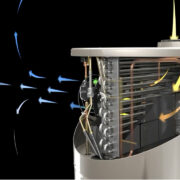
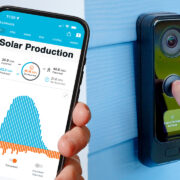
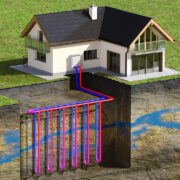

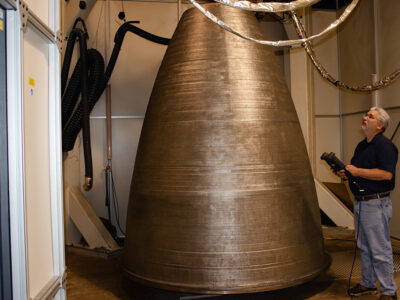
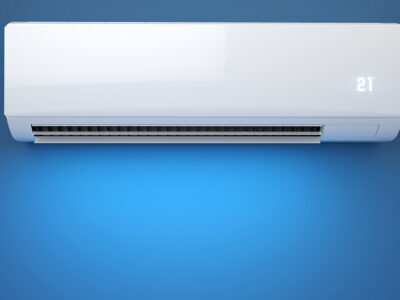




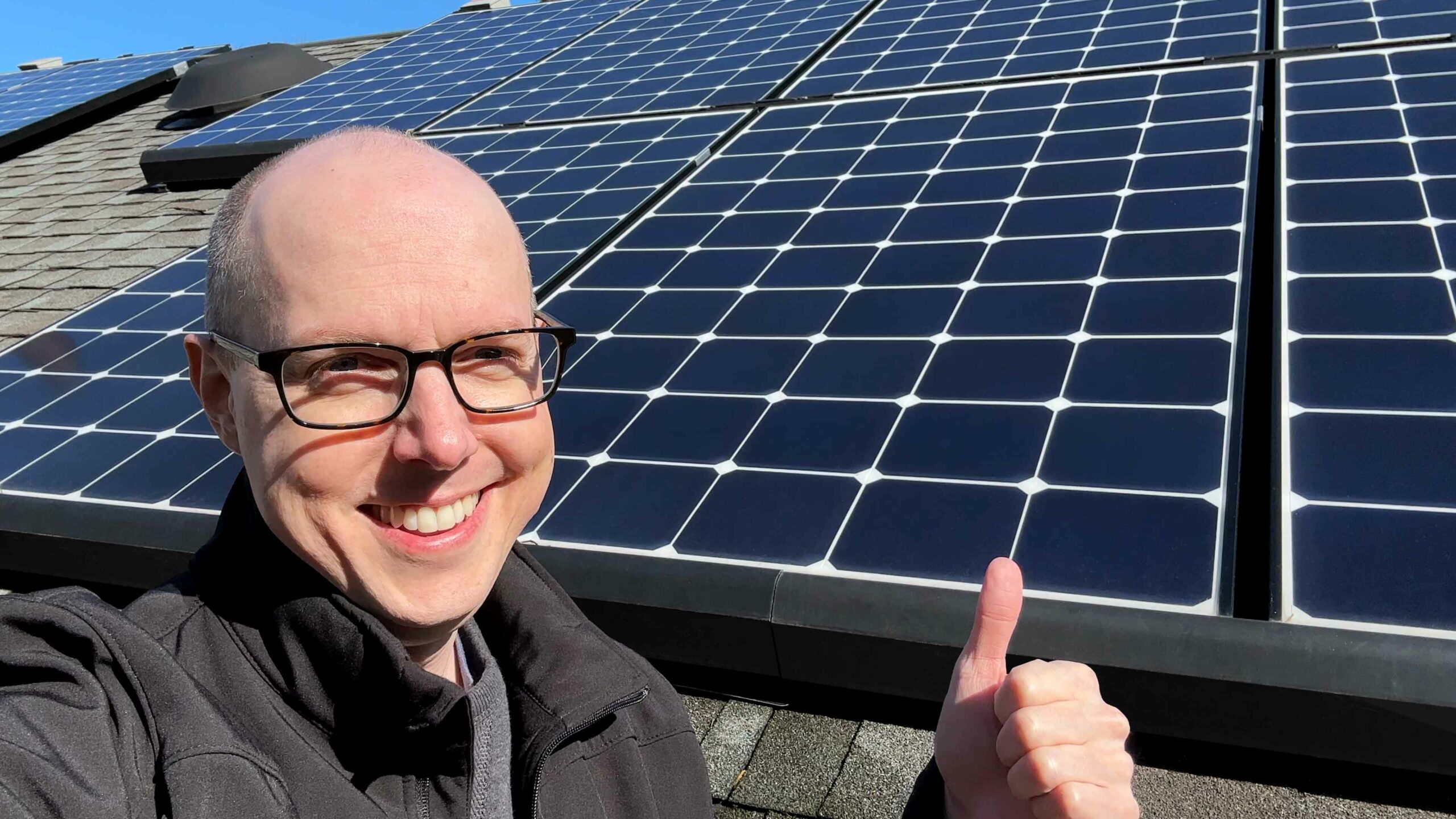



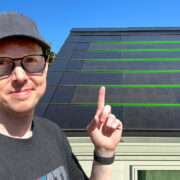
Comments